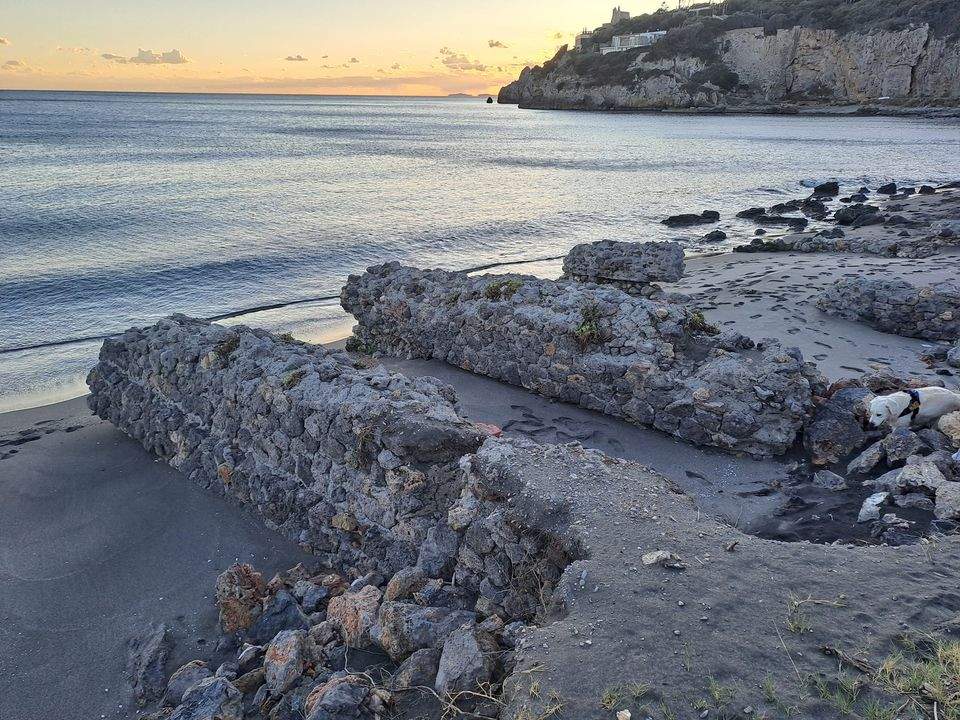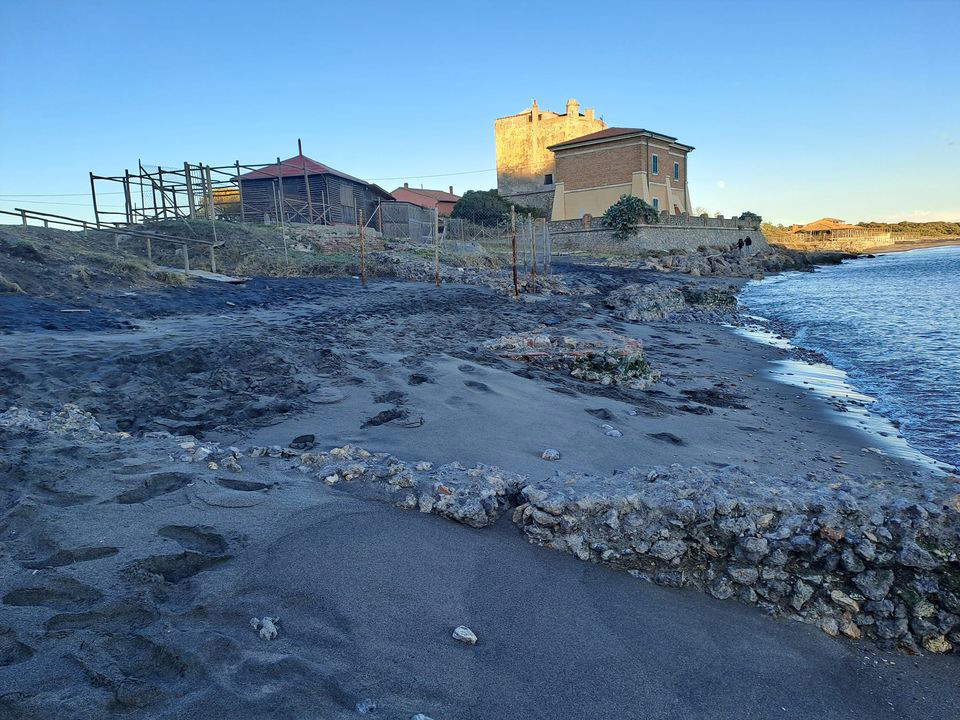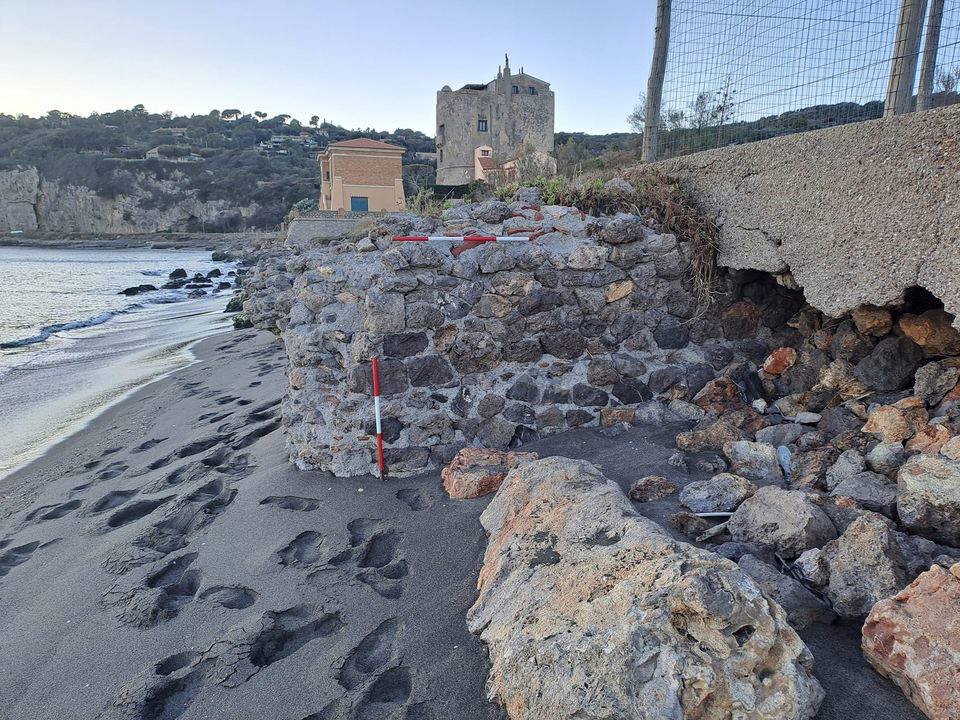The sea storms that have been violently hitting the Tuscan coast for days have also been the cause of a surprising archaeological find in Ansedonia (municipality of Orbetello, province of Grosseto). Under the sand in fact has come to light, at the height of the Tagliata beach, what is most likely an ancient Roman villa. Scholars in fact already knew that in these parts there had to be one, Ansedonia being an area rich in history (just remember on the promontory the remains of the ancient city of Cosa, 273 BC), because of its strategic position in relation to the control of the sea and the territory by the Romans. Never, however, would they have imagined having it of source thanks to the strong winds and heavy seas that are battering the coastline at this time. The upheavals of the sand, carried away by the sea, have brought out extensive remains buried for centuries. And which will return to be. That’s why surveys are being planned, also thanks to drones, weather permitting, to be done before it all goes back underwater again to study the artifact more closely.
“For us archaeologists,” Claudio Calastri told the newspaper Il Tirreno, “this is a great and unique opportunity. The Tagliata villa was built between the end of the first and the beginning of the second century AD. Most likely it is one of the villas that the Roman emperors had in the various ports of the Maremma (one at Tagliata, one at Talamone, one at Giglio, at Santa Liberata). Villas that became part of the imperial domain between the first and second centuries AD, which served the emissaries of the emperors to manage the traffic in the ports of the cities. This villa therefore has no specific owner but is one of the imperial villas on the Tuscan coast.”
A villa that was probably used for fish processing with warehouses for storing foodstuffs, and the relevant area would start from above the beach and end at the shoreline, where the ruins in question have resurfaced.
Both the walls of the villa and of the harbor emerged from the swell: “those that can be seen coming down from the kiosk on the right,” Calastri explains, “toward the rocky ridge, are the walls of the ’navalia’ of the large rooms where the boats pulled up from the water were housed. From the kiosk, from the remains that were found years ago, to the bathing establishment La Strega, are the walls of the villa proper.” A rare opportunity, therefore, to be able to examine what remains of the villa before it returns submerged under the seabed.



 |
| Sea storms in Tuscany bring to the surface the remains of a Roman villa |
Warning: the translation into English of the original Italian article was created using automatic tools. We undertake to review all articles, but we do not guarantee the total absence of inaccuracies in the translation due to the program. You can find the original by clicking on the ITA button. If you find any mistake,please contact us.